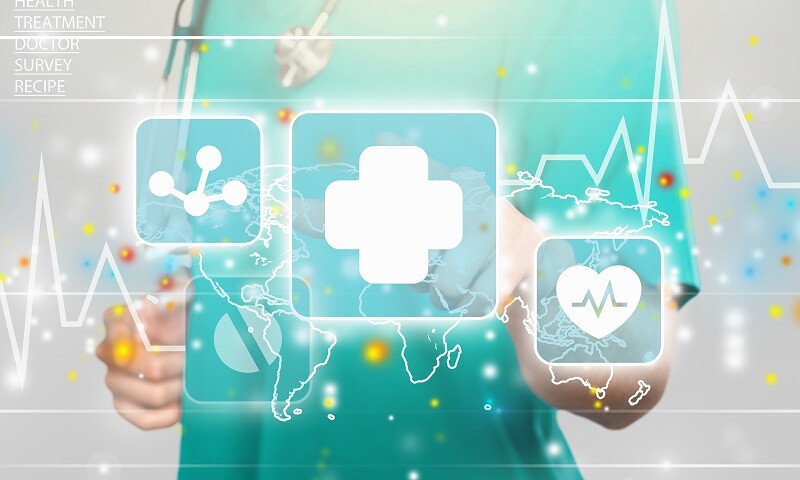Healthcare is an industry filled with big data. Some data is locked away due to patient privacy rights, but the industry is one that can be best improved through the use of big data.
Doctors can analyze their cases and outcomes against millions of others, forming a healthcare plan that best meets the patient’s condition. Yet, the industry has been slower to collect data properly compared to other industries, such as the auto industry.
Where Big Data Comes From in the Healthcare Industry
Big data comes from a variety of medical sources, and this big data may come from medical suppliers, fitness trackers, wearable devices, electronic medical records, prescriptions, or doctors’ notes.
The big data that the industry provides may offer a better understanding of diseases and illnesses. A holistic approach to medicine and care may be taken thanks to the introduction of big data. Preventative medicine will, in itself, be able to lower healthcare costs while providing better outcomes for patients.
Going back to 2011, there was 150 exabytes of data for the U.S. healthcare system alone. Complex and voluminous, healthcare’s big data may provide a better insight into the health of a country, but there are also settings where big data may be collected for the healthcare industry which most don’t consider:
- Social media
- Grocery stores
Knowing the habits and food options of a society is also essential in making sense of how habits can impact a person’s health.
The industry is also collecting big data in other ways:
- Wearables
- Apps
- Medical devices
- Electronic medical records
- Insurance providers
- Clinics
- Internet sources
But connected devices may also be an integral part of big data and how it’s analyzed for doctors.
Data Analytics, Smart Devices, and Machine Learning
Healthcare professionals spend a lot of time analyzing imaging for abnormalities, but the use of big data, smart devices, and machine learning has the ability to change all of this. Through the use of data analytics and machine learning, we may see:
- X-ray machines that are able to view an image, compare it to millions of others, and determine that a break or fracture has occurred.
- MRI machines that find nodules in a person’s lungs that weren’t present in past images.
Diagnostic accuracy can be improved using data analytics that will also make connections between a person’s images and their health. The devices themselves will be able to eliminate much of the analysis and errors that doctors make.
Small, minute differences that go overlooked by humans are likely to be found with “smart” machines.
Further reviews can be made by doctors, with machines that alert the doctor when there’s a difference in imaging. Analytics may also be used for everything, from blood chemistry to treatment plans for patients.
The power of data analytics, at the scale of what’s seen in the medical industry, will provide patients with better outcomes, care and better overall communication from healthcare providers.
Sensor data will help the machines react to changes in ways that have never been possible before. Sensors are already being used to help administer drugs and provide better management of chronic conditions for patients.
If one thing is clear, it’s that big data’s capabilities are expanding every day. This is especially true in the healthcare industry, and we all have a front row seat to the ways in which the field will grow thanks to data. It’s going to be an exciting journey – that’s for sure.

